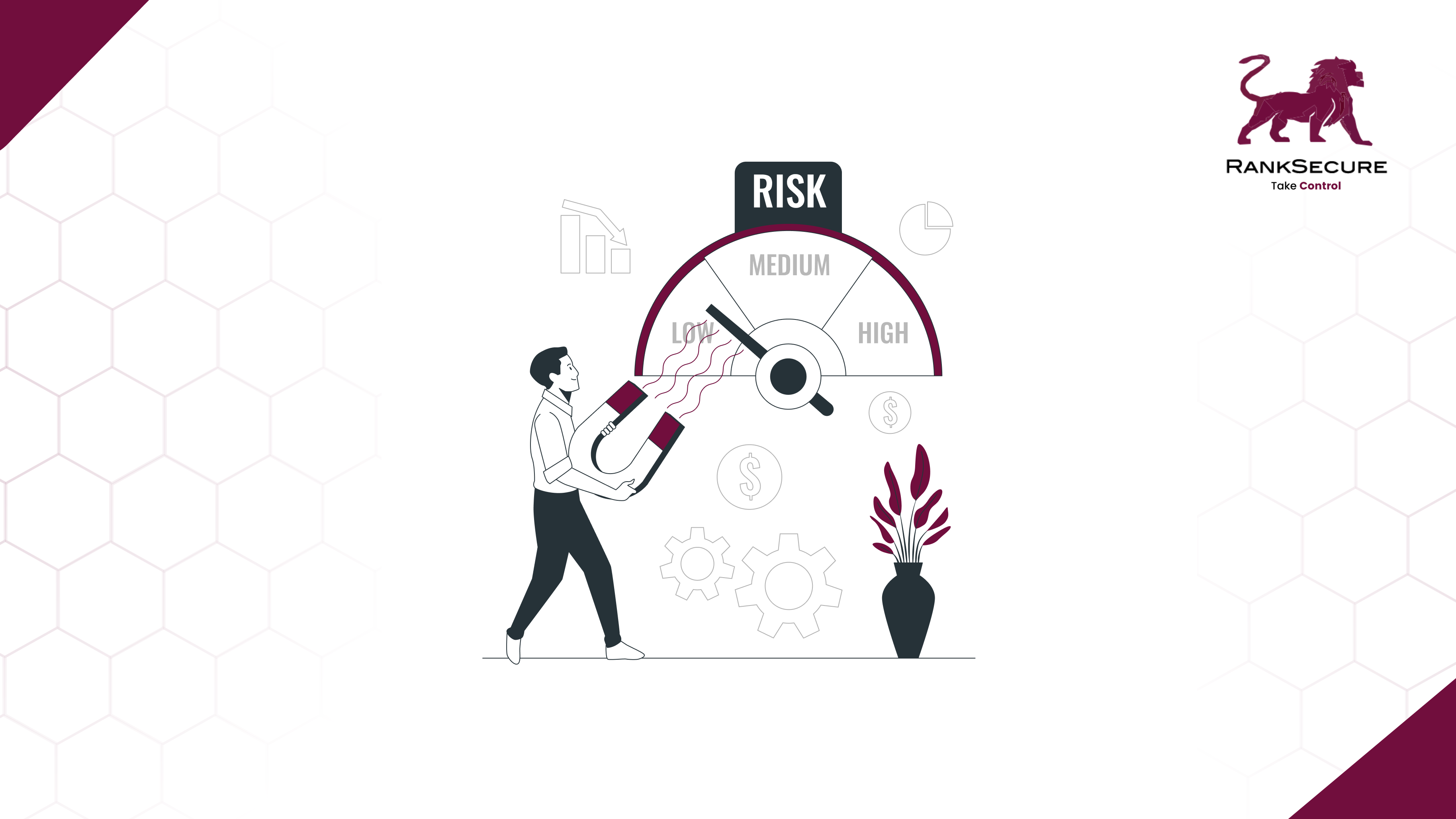
Mastering Cybersecurity Challenges: The Power of Crisis Simulations
While most organisations have plans in place for fires and medical emergencies in the workplace, very few are actively prepared for a cybersecurity breach. With the growing frequency and sophistication of cyberattacks, your organisation must be prepared to efficiently handle these crises, and one innovative approach gaining prominence is the use of crisis simulations.
This blog will help you discover how crisis simulations can empower your organisation to defend itself against cyber threats. It aims to provide valuable insights, enhance your preparedness, and foster a resilient cybersecurity stance for your organisation.
Understanding Crisis Simulations: A Strategic Imperative For Elevating Your Organisation’s Preparedness
Cyber threats are dynamic, constantly changing entities that continually challenge the security measures that your organisation puts in place. From phishing attacks to ransomware and sophisticated malware, the array of cyber threats is vast and ever-expanding.
This has necessitated the employment of measures that test your organisation’s readiness, its crisis response capabilities, and its decision-making processes to minimise the impact of security incidents.
💡 Crisis simulations are strategic exercises that are designed for your organisation to simulate real-world cyber threats in a controlled environment. These simulations mimic various cyberattack scenarios, allowing your organisation to test its cybersecurity defences, incident response capabilities, and overall resilience.
Such exercises highlight the vulnerabilities within your organisation’s cybersecurity infrastructure and challenge your employees to navigate through cyber crises, to actively learn and adapt to handle real-world incidents. Thereby, they help optimise your organisation’s incident response strategies and create a more robust security environment.
The execution of crisis simulation exercises can help your organisation achieve two primary objectives:
Develop cyber resilience By exposing your organisation to vulnerabilities and challenging response mechanisms, these simulations can provide valuable insights that you can leverage to strengthen your organisation’s defences against actual cyber threats.
Foster a proactive cybersecurity mindset Employing crisis simulation exercises in your organisation can help your employees become aware of the potential risks and vulnerabilities of cyber attacks, thereby encouraging a culture of vigilance and preparedness.
Conducting an Effective Crisis Simulation
While your organisation might have a crisis communication plan in place, executing crisis simulations is necessary to know if your plan is effective.
The following steps will help to host such an exercise with ease.
Define your objectives
Before you decide to run a crisis simulation exercise in your organisation, you need to have a clear idea of what you want to achieve and the metrics to measure it. Your objectives should be SMART: specific, measurable, achievable, relevant, and time-bound, and should also align with your organisation’s overall crisis communication goals and policies.
Choose your scenario and format
The kind of crisis scenario you choose should be relevant, realistic, and challenging, and reflect the potential issues that may affect your organisation. You can choose the format – tabletop, drill, functional, or full-scale – depending on your objectives, resources, and preferences.
Prepare your participants and materials
Next, you must select and brief your participants – crisis response team, spokespersons, internal and external stakeholders, and media and social media partners – and inform them of the objectives, expectations, rules, and logistics of the exercise, as well as their roles and responsibilities. The scenario description, the timeline, the injects, the checklists, the feedback forms, or the media and social media materials also should be distributed properly.
Conduct and monitor the exercise
While executing a crisis simulation, it is advisable to have a facilitator or a controller who will guide and oversee the exercise, as well as a team of evaluators or observers who will record and assess the performance and outcomes of the participants. During the exercise, you must follow a timeline and ensure that you are communicating and coordinating with your participants as well as providing them with feedback and support.
The true power of crisis simulations lies in evaluating the lessons learnt from such exercises and their integration into your organisation’s daily cybersecurity practices. You must translate the insights gained from such simulations into actionable steps, driving this knowledge into employing practices to respond swiftly and effectively to such crises.
Looking Ahead: The Future Landscape of Crisis Simulations
The future of crisis simulations is intertwined with technological advancements and involves embracing a collaborative approach. Emerging technologies such as artificial intelligence (AI) and virtual reality (VR) are poised to revolutionise the effectiveness of these simulations for your organisation. While AI can create more sophisticated and dynamic scenarios, VR can provide a highly immersive training experience for your employees.
Moreover, industry-wide collaborative simulations, where organisations like yours collectively respond to simulated cyber threats, could become a powerful tool for collective defence. Sharing knowledge and insights in a joint environment can enhance the overall cybersecurity mechanism of participating organisations.
As your organisation navigates the challenges of the digital age, the wisdom gained from crisis simulations can become a strategic asset in its cybersecurity weaponry.







